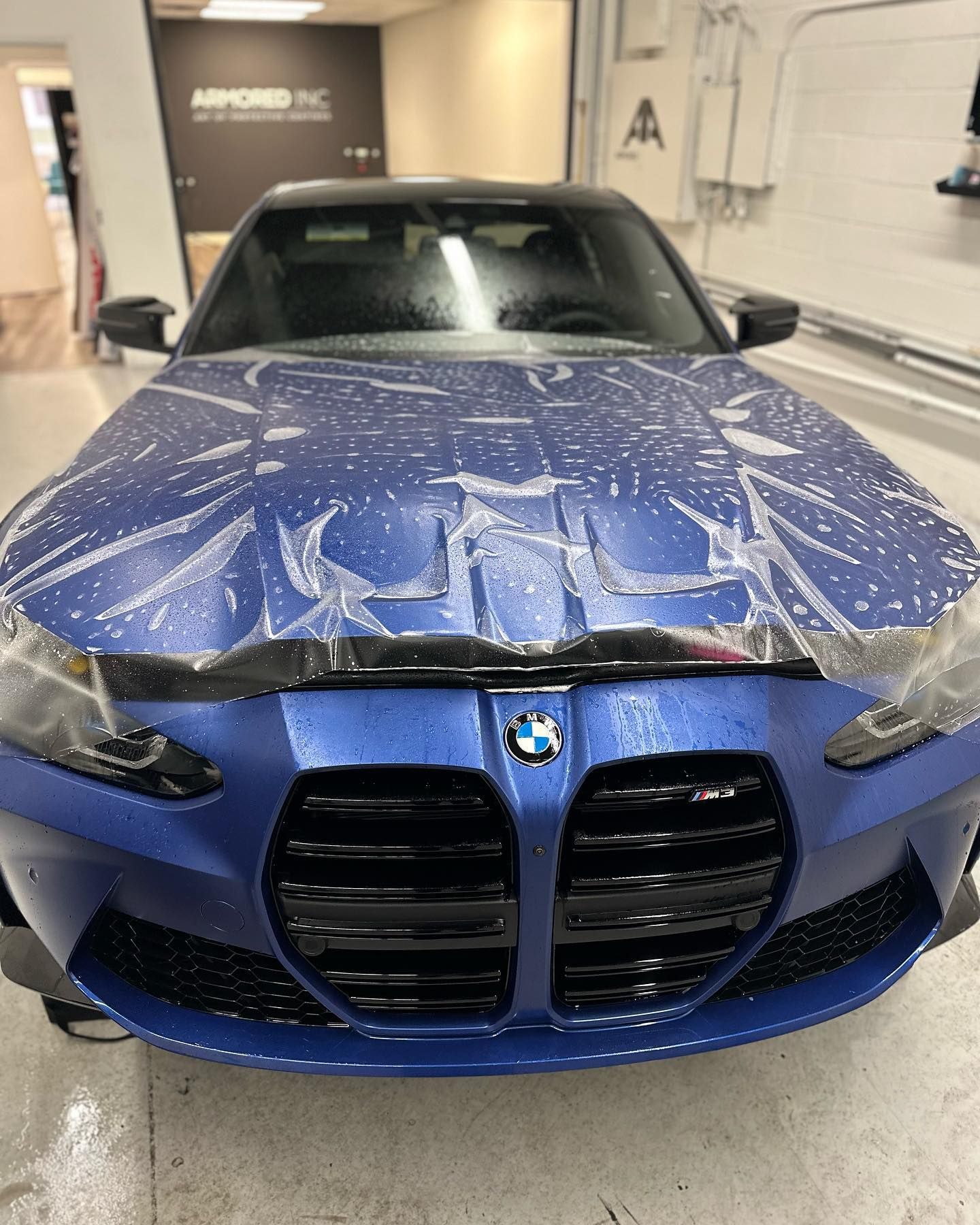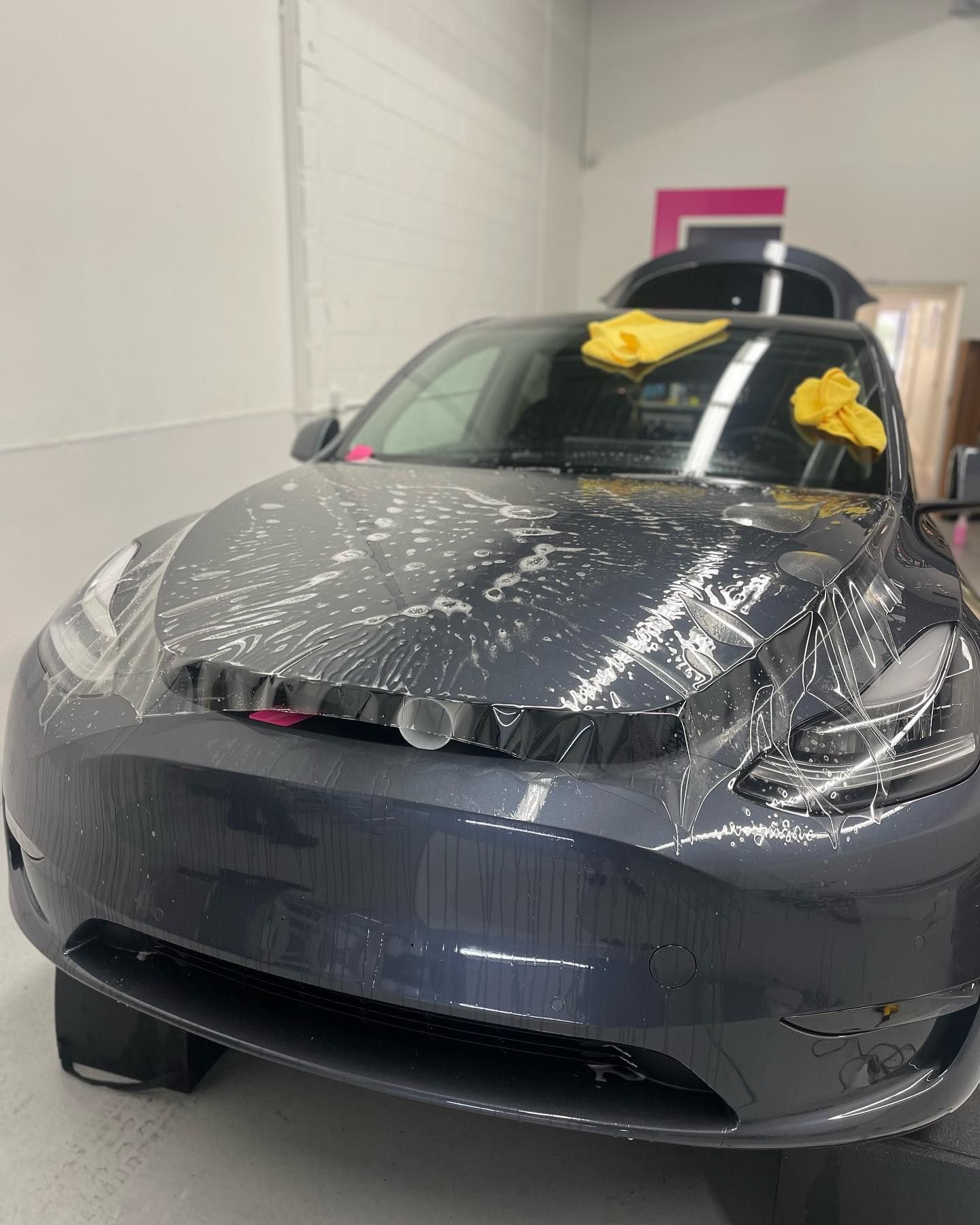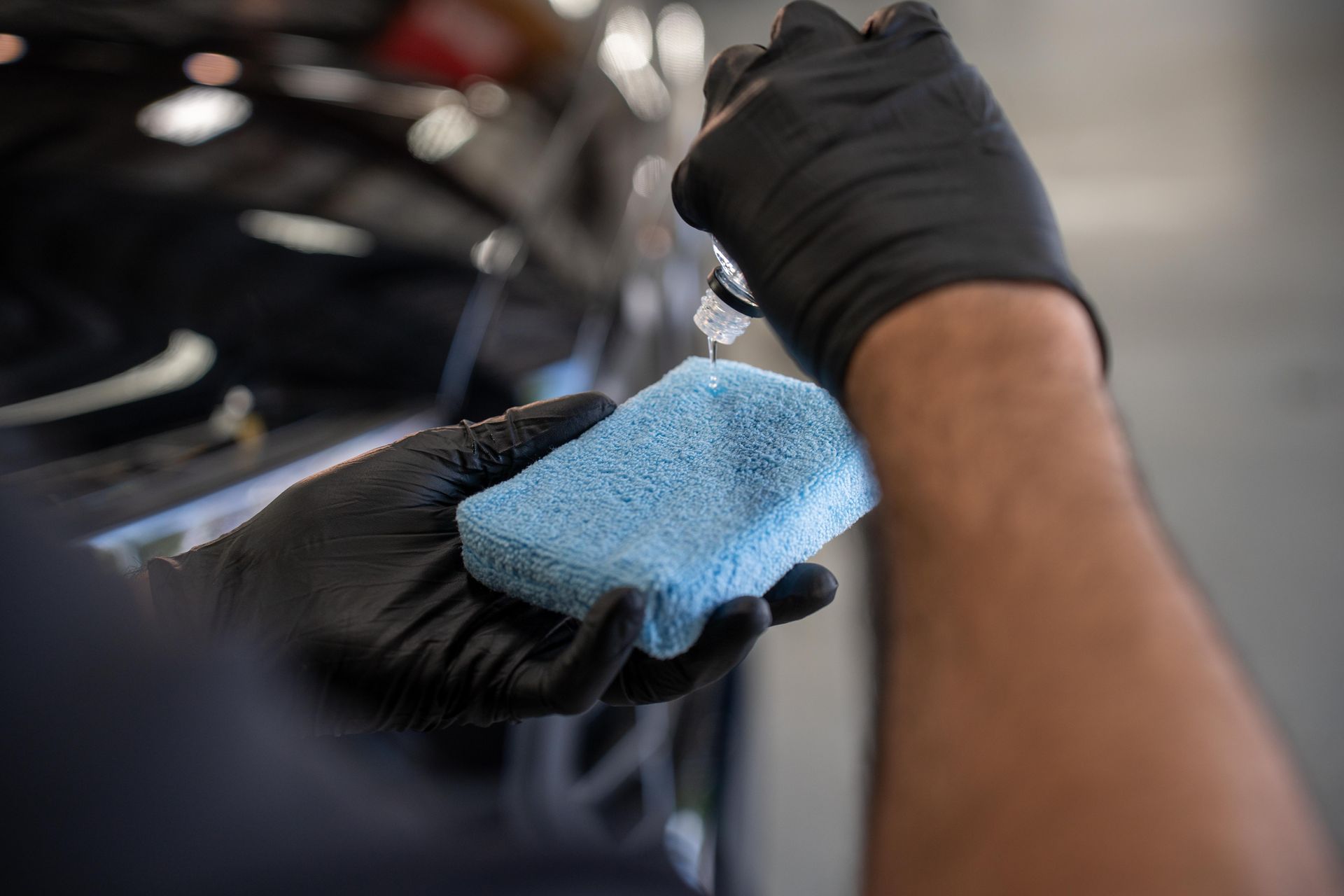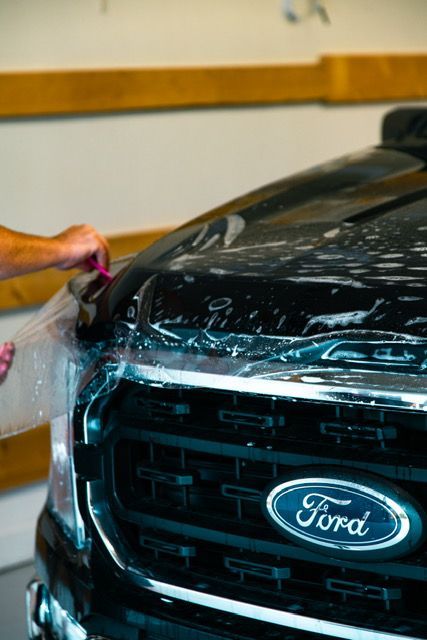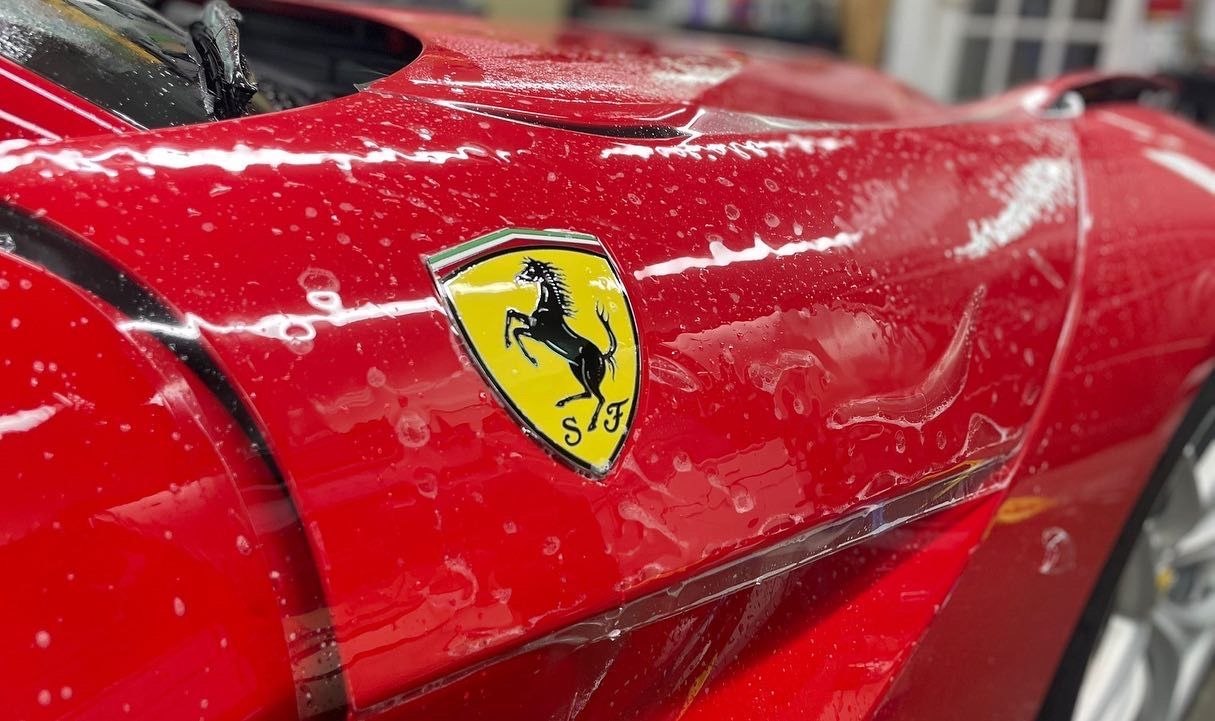Discover Unexpected Ways PPF Saves You Thousands on Vehicle Protection
When considering vehicle maintenance, routine services like oil changes and tire rotations often take priority. However, protecting the exterior is equally important. Paint protection film offers a highly effective solution, safeguarding against scratches, chips, and environmental damage. Once considered a luxury, PPF is now a practical choice for any vehicle owner seeking to preserve appearance and retain resale value over time.
Paint protection film saves you thousands over time by reducing the costs associated with paint repairs and maintaining your vehicle's market value. By preventing minor damages like rock chips and scratches, PPF minimizes the need for expensive repainting jobs, which can range from $500 to $5,000, thereby ensuring that your car retains a pristine appearance and higher resale value.
Introduction to Paint Protection Film
Paint protection film is far more than just a fancy add-on for luxury vehicles; it's an advanced solution designed to preserve the integrity of your car's paintwork over time. Made from transparent polyurethane, this durable film offers a robust barrier against everyday hazards, such as gravel, bug splatter, and minor abrasions that may occur during daily use. Picture it as an invisible shield that maintains your vehicle’s aesthetic appeal while safeguarding it from wear and tear. Interestingly, PPF wasn't born out of a need for everyday consumer protection but rather was initially developed for military applications. Its original purpose was to protect helicopter rotor blades from damage caused by flying debris. Over the years, however, its design has significantly evolved, making it suitable for automobile use. The latest iterations now boast self-healing properties—a remarkable feature that allows the film to repair itself from minor scratches and swirl marks when exposed to heat. This feature means you can maintain a polished look without constant trips to the detailer.
Diving into its composition, you'll find that PPF consists of several functional layers that work together harmoniously. The first layer is an adhesive layer that ensures secure application to the car's surface. Next is the polyurethane layer, which absorbs impacts from small debris and acts as a cushion to mitigate shocks that could otherwise damage your paint. Finally, there's a topcoat designed to provide UV resistance, preventing yellowing and degradation over time. This multilayer construction contributes to PPF's ability to protect your car effectively.
How PPF Prevents Costly Repairs
It's a fact that every time you drive your vehicle, you're exposed to various hazards just waiting to cause chaos on your pristine paint job. From gravel kicked up by nearby tires to pesky bug splatter, these daily encounters can wreak havoc if left unprotected. This is where paint protection film shines as an essential safeguard. By providing a robust barrier between your vehicle's surface and these threats, PPF absorbs impacts and minimizes the risk of scratches or chips that could spiral into costly repairs later on. Vehicles equipped with this protective film experience fewer surface damages compared to those without it. Imagine facing a situation where a tiny rock hits your car’s door while driving—without PPF, that seemingly benign encounter could lead to a chip requiring repair costs from $50 to $150. Over time, these numbers accumulate alarmingly. This cost-saving potential doesn't only come from fewer repairs—it extends into maintaining your vehicle's resale value long after you decide to part ways with your beloved ride.
Enhancing Resale Value with PPF
When it comes to selling your vehicle, first impressions matter immensely, and the condition of the car's paint can make or break a deal. A pristine exterior is visually appealing and signals to potential buyers that the car has been well cared for. By investing in paint protection film, you ensure that your vehicle maintains its showroom shine, which plays a critical role in retaining and even increasing its resale value over time. Vehicles in excellent condition can fetch more in resale value compared to those showing signs of wear, such as scratches or fading paint. When a car has a flawless finish thanks to PPF, it becomes much more enticing to buyers willing to pay a premium for a vehicle that appears almost new. Cars with PPF not only retain their aesthetic appeal longer but also exhibit better durability against everyday hazards.
The benefits of PPF extend beyond just superficial appearances; they translate into economic advantages too. Having a film that shields your car from damage means fewer touch-ups or repainting jobs. This saves you money upfront on repairs—which could range from $1,000 to $3,000 per incident—and streamlines the sale process down the line. Less maintenance means a beautifully maintained vehicle, ready to attract attention and persuade potential buyers of its value. The combination of preserving a car’s aesthetic condition along with significant savings in maintenance costs makes PPF an essential tool for savvy vehicle owners looking to elevate their automobile's resale market appeal. By focusing on protecting your investment today, you'll be setting yourself up for greater financial returns in the future as we look at ways to keep further expenses in check.
Reducing Maintenance Costs
Regular vehicle maintenance is crucial for ensuring longevity, yet the cumulative costs can add up quickly, making PPF a smart investment. When utilizing traditional paint methods, keeping your vehicle looking great often requires consistent care, including regular washes, waxing, and detailing. The beauty of paint protection film lies in its ability to diminish these demands significantly, turning what was once a chore into a much lighter task.
To illustrate the savings associated with PPF, consider that conventional paint typically requires frequent wax applications to keep its shine while guarding it against contaminants found on the road. However, with the application of PPF, this step becomes mostly unnecessary, translating to savings in both time and cost. For instance, consider washing your car: without PPF, you might wash your vehicle weekly at approximately $10 a wash. Meanwhile, with PPF, that frequency can be reduced to biweekly at an average of $5 per wash. The savings begin to pile up when you factor in the costs tied to regular waxing sessions that would otherwise occur monthly—usually around $30—compared to just occasionally touching up your PPF for about $5 per session.
By considering these changes alone, one could see savings accruing to several hundred dollars annually. This reduction in both effort and expense underscores why opting for PPF is often considered a no-brainer. While these immediate financial benefits are noteworthy, examining how this protection translates to enhanced durability reveals even greater advantages for your vehicle's exterior.
Increased Longevity of Vehicle Paint
Vehicle paint is constantly under attack from various elements, and over time, it can lose its luster and protective qualities. UV rays from the sun, corrosive environmental pollutants, and physical interactions such as road debris can easily degrade your car's finish. Here’s where paint protection film steps in as a formidable barrier against these threats. By applying PPF, you're not merely shielding your vehicle; you’re investing in its aesthetic appeal and overall lifespan. One of the standout features of modern PPF is its self-healing properties. Imagine a surface capable of self-healing from minor scratches! When exposed to heat—whether from the warm rays of the sun or a gentle application from a heat gun—the PPF film's surface can actually restore itself. This means those little cosmetic blemishes are effectively erased without any need for buffing or extensive repair work, keeping your paint intact and maintaining that flawless finish.
Vehicles equipped with PPF can experience an increase in the lifespan of their paint compared to those without it. That’s particularly noteworthy if you have invested in custom paint jobs, which often come with steep restoration costs. By preserving your vehicle's original finish for longer, PPF can save you thousands down the line. It’s important to consider the financial implications of delaying or forgoing PPF installation. The average cost for repainting a vehicle can range between $1,000 and $5,000, depending on various factors such as the size and quality of paint used. Contrast those expenses with the installation cost of PPF—which typically falls somewhere around $500 to $2,000—and you begin to appreciate just how much value PPF brings. Not only does it provide outstanding protection, but it could also save you significant repair costs over time.
Comparing PPF to Other Protection Methods
When it comes to protecting your vehicle, paint protection film isn’t the only player in the game. While it excels in many aspects, there are other options to consider, like ceramic coatings, traditional wax, and vinyl wraps. Each has its advantages and disadvantages that can influence your decision-making process. To begin with, let’s talk about ceramic coatings. They’re known for providing a brilliant shine and some degree of surface protection; however, they fall short against the impact resistance that quality PPF offers. One critical point to consider is that ceramic coatings require reapplication every few years. This ongoing maintenance can end up being more costly over time than you might anticipate.
If you enjoy the aesthetics of a freshly waxed car, you may lean towards traditional wax. This option provides a temporary shine and minimal protection against ultraviolet rays, but it’s not designed to shield your vehicle from physical damage like dents or scratches. Moreover, frequent reapplication is necessary—often on a monthly basis—which can translate to both effort and cost. Vinyl wraps present another alternative worth discussing. They can dramatically change the look of your vehicle while offering some level of protection from minor abrasions; yet, they tend to lack the durability found in PPFs and do not offer self-healing capabilities. The lifespan of a vinyl wrap is also considerably shorter compared to PPF, meaning you'll need to replace it sooner than you would with more robust protection options.
All these factors lead us back to PPF’s unique strengths—it truly stands out due to its combination of durability, impressive impact resistance, and self-healing properties. Though the initial investment might seem high, the long-term benefits clearly justify those costs when considering potential savings on repairs and maintenance down the road. In conclusion, understanding the nuances between these protective methods allows you to make an informed choice about your vehicle's safety and appearance. Remember, investing in high-quality protection upfront often pays off significantly over time.
Top-Notch PPF Services in Barrie, ON
Protect your vehicle from the unexpected with Armored Inc.’s
expert paint protection film services in Barrie, ON. Combining cutting-edge materials with precision installation, Armored Inc. helps safeguard your car’s finish from rock chips, road debris, and harsh weather. Whether you're driving through city streets or rural roads, trust the team that understands both performance and preservation.
Book your consultation today and drive with the assurance that your vehicle is covered—literally and professionally!



